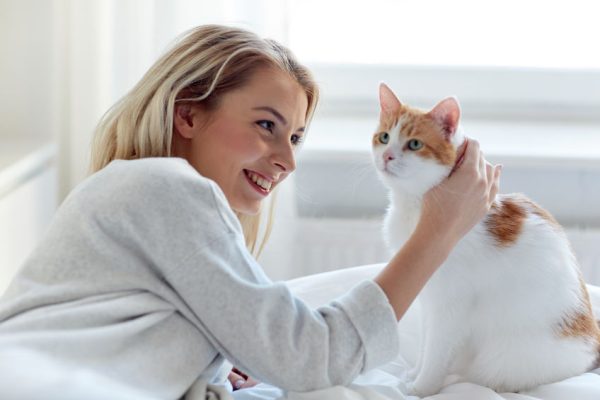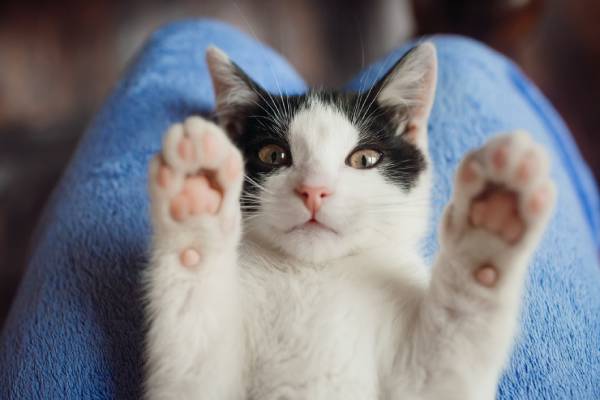Cats are beloved companions in millions of U.S. households, with approximately 28.2 million homes sharing their space with one or more feline friends. While cats are known for being independent, they still require routine medical care, and sometimes unexpected emergencies arise. The ASPCA estimates that routine medical expenses for cats can add up to around $160 annually, with an additional $140 for preventative care.
With rising costs for pet healthcare, having a reliable pet insurance plan can help cover the expenses when your cat needs medical attention. Whether it’s a sudden illness, injury, or regular check-ups, pet insurance can provide peace of mind. This guide will explore the best insurance plans for cats and how to find one that fits your needs.
Key Insights
- Top insurers for cats include Figo, Pets Best, and Trupanion.
- The average cost of comprehensive cat insurance is around $383 per year.
- Many pet insurance providers offer customizable options for coverage and reimbursement, with some reaching up to 100%.

Best Pet Insurance Providers for Cats
When selecting the best pet insurance for your cat, it’s important to consider the coverage options, cost, and additional benefits. Below, we take a look at some of the top pet insurance companies available in 2024.
Figo: Best for High Reimbursement Rates
Average monthly cost: $11.48
Figo offers competitive pricing and excellent coverage options for cat owners. The insurer’s policies cover both holistic and alternative treatments, such as acupuncture and chiropractic care. Figo also provides customizable plans with options for 70%, 80%, 90%, and even 100% reimbursement rates. Plus, there’s only a one-day waiting period for injuries caused by accidents.
Pros:
- Option for 100% reimbursement.
- 5% discount for multiple pets.
- Coverage includes alternative treatments.
Cons:
- Excludes most parasite treatments.
- Prescription food is not covered.
- Six-month waiting period for orthopedic conditions.
Embrace: Best for Multi-Pet Households
Average monthly cost: $27.77
Embrace offers comprehensive accident and illness coverage that includes cancer, hereditary conditions, and congenital issues. Pet parents can add an optional wellness plan for routine care like vaccinations, annual checkups, and spaying or neutering. Embrace also gives a 10% discount for policyholders with multiple pets, making it a great option for cat owners with more than one furry friend.
Pros:
- Multi-pet discount of 10%.
- Coverage includes alternative therapies.
- Customizable deductibles ranging from $100 to $1,000.
Cons:
- Cats aged 15 and older are only eligible for accident coverage.
- Prescription food isn’t covered under the main plan.
- Wellness plan has a $650 annual limit.
Pets Best: Best for Direct Vet Payments
Average monthly cost: $21.61
Pets Best provides flexible coverage with both accident-only and accident-and-illness plans, including coverage for congenital and chronic conditions. Their policies can also cover dental treatments and prescriptions, and the wellness add-on includes routine care such as vaccinations and deworming. Additionally, Pets Best offers direct vet payments, which can help you avoid paying out of pocket upfront.
Pros:
- Deductibles range from $50 to $1,000.
- Coverage for chronic and hereditary conditions.
- Direct vet payment available.
Cons:
- No 100% reimbursement option.
- No coverage for parasite treatment.
- Pre-existing conditions may limit coverage options.
Spot: Best for Senior Cats
Average monthly cost: $24.26
Spot offers flexible plans with high reimbursement options for older cats, making it an excellent choice for senior felines. There’s no upper age limit for enrolling your cat, and Spot provides a variety of coverage options, including accident-only, accident-and-illness, and preventative care. Spot’s plans allow you to choose from a wide range of deductibles and annual limits, making it easy to tailor your plan to fit your budget.
Pros:
- Multi-pet discount of 10%.
- Annual coverage limits range from $2,500 to unlimited.
- Covers microchip costs.
Cons:
- 14-day waiting period for illness coverage.
- No direct payments to vets.
- No 100% reimbursement option.

Types of Cat Insurance Plans
When exploring insurance plans for your cat, there are generally three types to consider: accident-only, accident and illness, and wellness coverage. Each offers different levels of protection, so it’s important to choose the one that best fits your needs.
Accident-Only Plans: These plans cover injuries resulting from accidents, such as broken bones or swallowed objects. They don’t cover illnesses or preventive care.
Accident and Illness Plans: This type of insurance is more comprehensive, covering both accidents and illnesses, from cancer to allergies. Many cat owners opt for this level of coverage.
Wellness Plans: These plans cover preventive care, such as vaccinations, annual exams, and flea prevention. Wellness plans are typically available as an add-on to accident or illness policies.
Factors That Affect the Cost of Cat Insurance
Several factors influence the cost of cat insurance. Here’s a closer look at the main elements that determine your premium.
Age and Breed: Younger cats generally have lower premiums, while senior cats may cost more to insure. Certain breeds prone to hereditary conditions might also see higher premiums.
Location: Veterinary costs vary depending on where you live, and insurers take this into account when calculating premiums.
Coverage Type: Comprehensive accident-and-illness plans cost more than basic accident-only plans. Additional wellness coverage will also raise your premium.
Deductible and Reimbursement: Choosing a higher deductible can lower your monthly premium, but it will increase your out-of-pocket costs when filing a claim. Similarly, opting for a lower reimbursement rate can reduce premiums.
Why You Should Consider Cat Insurance
Veterinary bills can add up quickly, especially if your cat faces an emergency or chronic condition. For example, an emergency vet visit can cost anywhere between $800 and $1,500, with some treatments reaching upwards of $5,000. Having a cat insurance policy in place ensures you can provide the necessary care without worrying about the financial burden.
Common Cat Insurance Claims
Common conditions for which cat owners file claims include urinary tract infections, gastrointestinal issues, and respiratory problems. According to data from NAPHIA, the most expensive cat insurance claim in 2023 was $59,470 for a 5-year-old cat with a serious spinal disorder.
